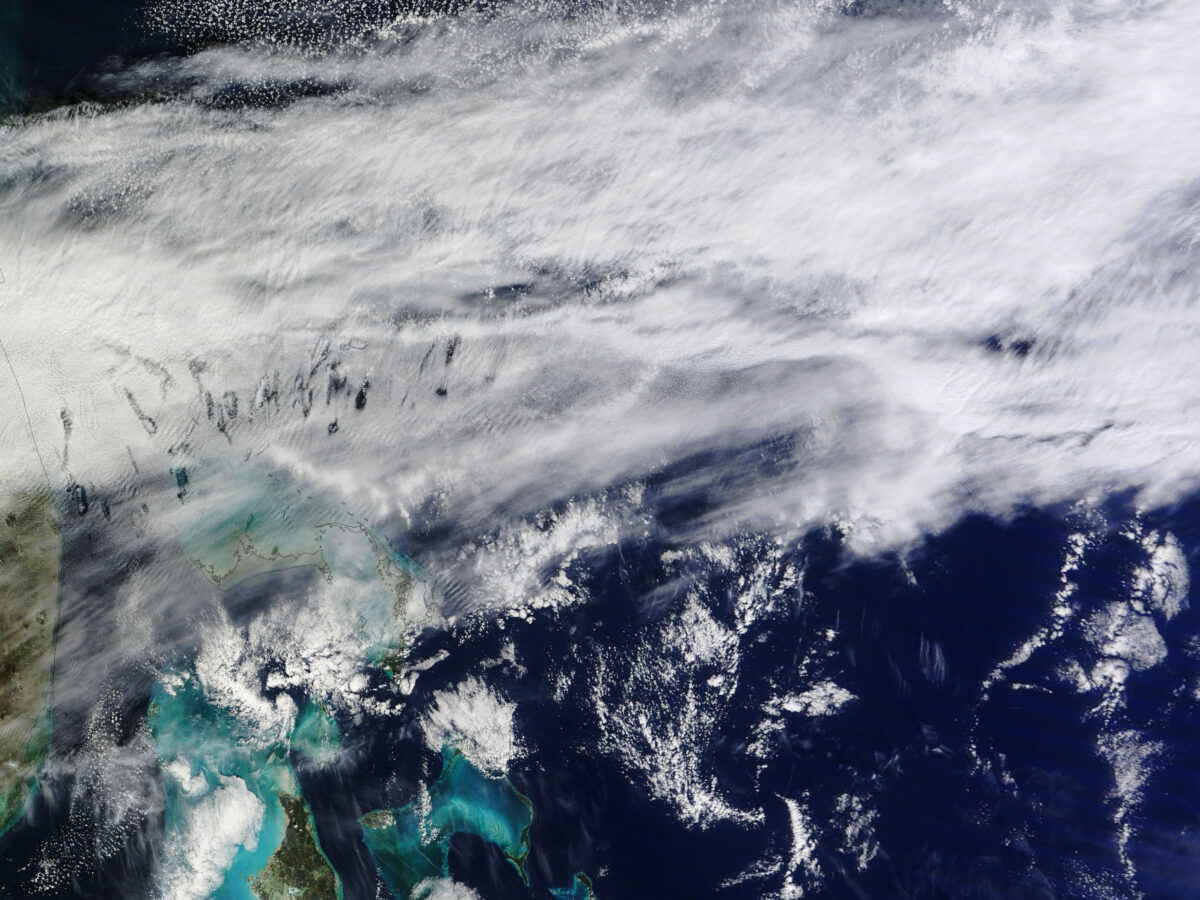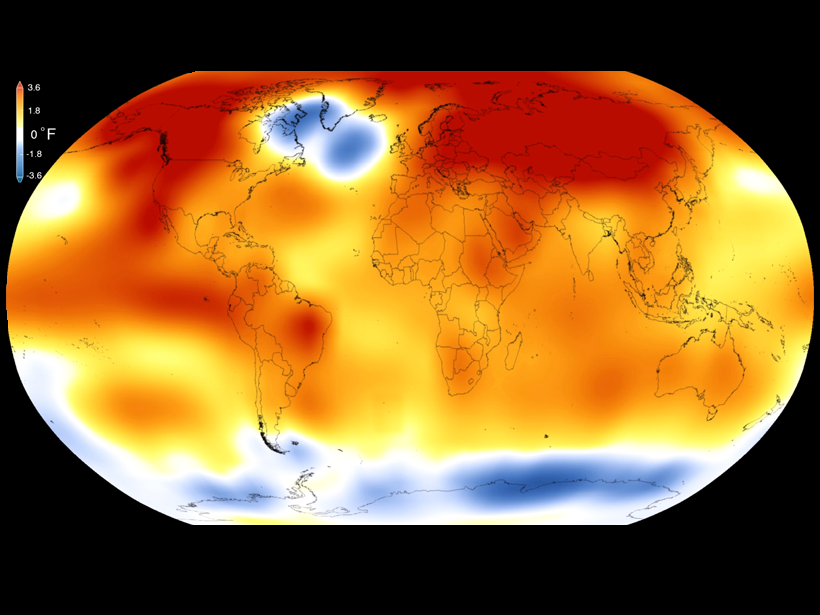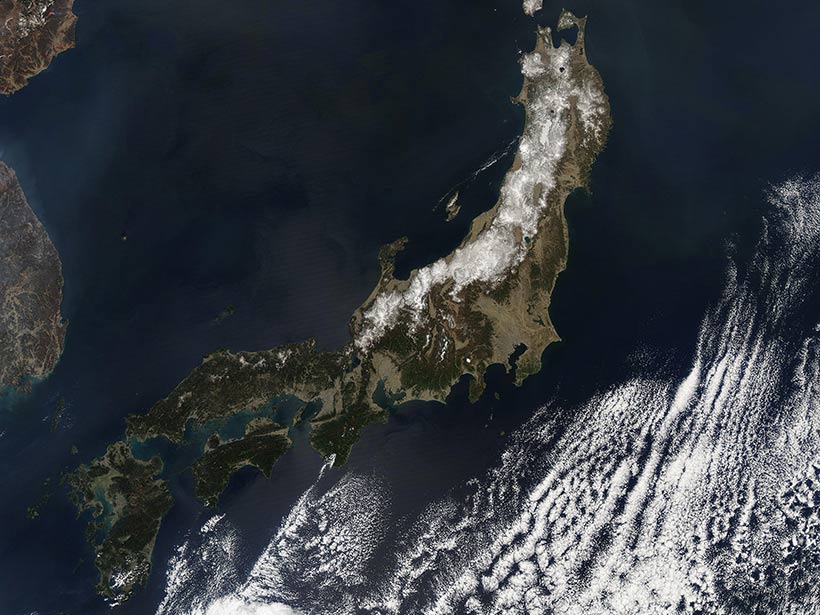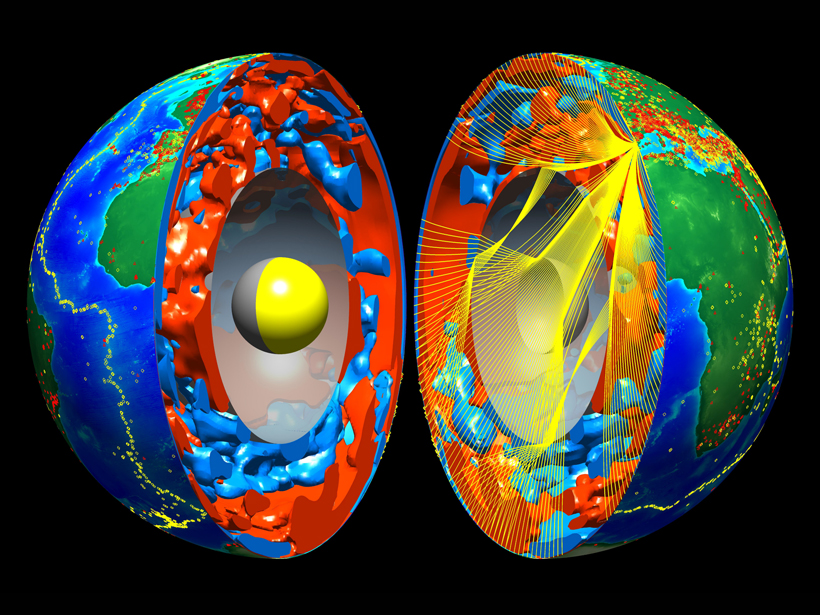Scientists create a more realistic representation of plant nitrogen uptake and usage to improve global climate simulations.
Research Spotlights
Research spotlights are plain-language summaries of recent articles published in AGU’s suite of 24 journals.
Are U.S. States Prepared to Manage Water in a Changing Climate?
An empirical study of water allocation and planning in five states concludes that they lack a statewide strategy to manage the impacts of climate change on water resources.
Volcanic Lightning Could Aid Hazard Response During Eruptions
Lightning and ash plume dynamics reflected eruption behavior and signaled the onset of fast-moving rock and gas flows during the 2015 eruption of Chile's Calbuco volcano.
Improving the Identification of Extreme Precipitation Trends in the U.S.
By greatly reducing the associated uncertainty, a new model is better able to discern statistically significant trends, offering the potential to improve the seasonal forecasting of rare events.
Modeling the Effects of Clouds on Climate
New research investigates how mixed-phase cloud partitioning and cloud cover compensate each other in GCMs.
Researchers Attribute Human Influence on Climate Back to 1930s
A new study finds that humans likely have triggered the last 16 record-breaking hot years on Earth, up to 2014.
Considering Atmospheric Electricity in Climate Models
Researchers create a new model of the electric currents circulating throughout the atmosphere that will improve the accuracy of global climate models.
Earthquakes May Prevent Underwater Landslides
Smaller quakes around the active edge of continental plates may contribute to increased stability by promoting compaction and solidifying the top 100 meters of seafloor sediment.
Massive Ancient Tectonic Slab Found Below the Indian Ocean
Scientists discover a surprisingly positioned tectonic plate, buried below the southern Indian Ocean, that spans the entire mantle.
Drifting Floats Reveal Nitrate Patterns in Mediterranean Sea
Next-generation autonomous platforms allow scientists to understand physical mechanisms that control nitrate availability in the Mediterranean surface water.







